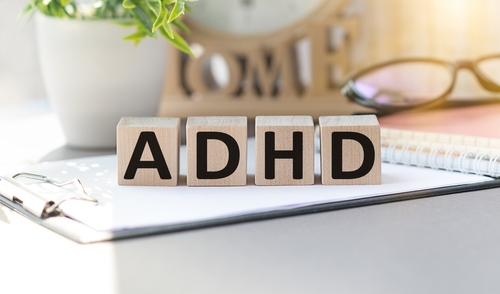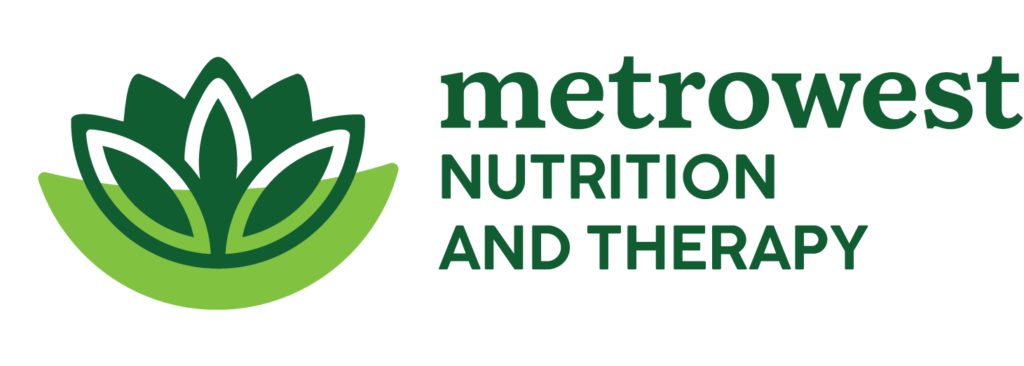
School Transitions With ADHD
School Transitions With ADHD: Your Survival & Success Guide
Transitions—entering a new school year, changing schools, starting high school, or heading off to college can add stress. Changing gears after summer is hard for all of us. Busier schedules, new routines, new teachers (and expectations). And—if you have ADHD—even more executive-function juggling: keeping track of deadlines, remembering stuff, staying organized, managing your time. All of this is so much more challenging when you’re managing ADHD. In the US, 14.3% of adolescents age 12-17 and 15% of college students report having ADHD. If you’re struggling, you’re definitely not alone!
Here’s the thing: with the right tools, strategies, and a bit of planning, you can make these transitions work for you instead of against you. This guide will show you how—plus give you links to resources that actually help.
Step 1: Know How Your Brain Works (and Own It)
ADHD isn’t just about being “distracted.” It’s about how your brain handles focus, planning, memory, and emotional regulation. The better you understand your own patterns—what helps you dial in and what sends you off course—the easier it is to set yourself up for success.
Here are two solid starting points:
- CDC ADHD Strategies for School – short, practical tips: https://www.cdc.gov/adhd/treatment/classroom.html
- NIMH ADHD Overview – symptoms, treatments, and research: https://www.nimh.nih.gov/health/topics/attention-deficit-hyperactivity-disorder-adhd
Take 10 minutes to write your personal “Works for Me” list. Include things like:
- “I focus better with music”
- “I need assignments in writing”
- “Breaking work into smaller steps keeps me on track”
This becomes your cheat sheet when explaining your needs to teachers or disability services.
Step 2: Know Your Rights
Here’s the quick breakdown:
- In high school: You might have an IEP (Individualized Education Program) or a 504 Plan that gives you accommodations like extra time on tests, quiet spaces for exams, or help organizing assignments.
- In college: There’s no IEP. Instead, you register with your school’s Disability Services office under the ADA(Americans with Disabilities Act) or Section 504. You’ll need to bring documentation and request accommodations yourself.
Useful links:
- Know Your Rights: Students with ADHD (PDF, plain English): https://www.ed.gov/media/document/dcl-know-rights-504-2016-21503.pdf
- Section 504 Overview (U.S. Dept. of Education): https://www.ed.gov/laws-and-policy/individuals-disabilities/section-504
- ADA Testing Accommodations: https://www.ada.gov/resources/testing-accommodations/
Pro tip: In college, you have to initiate everything. If you don’t ask, you won’t get the accommodations.
Step 3: Transitioning to High School
High school = more independence + more responsibility. Here’s how to get ahead of it:
- Tour the school before day one. Learn where your classes are, the quiet spots, and where you can go if you need a break.
- Choose your system now. One planner, one place for assignments. Paper, app, whatever works—just be consistent.
- Check your portals regularly. Google Classroom, Canvas, etc.—set a daily or weekly reminder to log in.
- Make friends with your counselor. They’re your best ally for schedule changes and accommodations.
Good resource for ideas:
- CHADD’s ADHD and School Toolkit https://chadd.org/for-parents/adhd-and-school-a-toolkit-for-parents/
Step 4: Transitioning to College
College changes everything—your schedule, your workload, and your responsibility for managing it.
What to do before your first semester:
- Register with Disability Services as soon as you decide on a school. Search “[Your College] Disability Services.”
- Update your documentation if needed. Many schools require recent testing or a letter from your doctor explaining how ADHD affects you.
- Request accommodations early—before classes start.
- Practice self-advocacy: emailing professors, explaining your needs, and asking for clarification.
Helpful links:
- AHEAD’s Documentation Guidance (what colleges look for): https://www.ahead.org/professional-resources/accommodations/documentation
- PACER Center Transition Planning: https://www.pacer.org/advice-guidance/topic-preparing-for-adulthood/
Step 5: Identify Daily Strategies That Actually Work
- Time blocking. Pick blocks of time for specific tasks and set timers. Example: 25 minutes work, 5 minutes break.
- Chunking big tasks. Instead of “write essay,” break it down: “make outline,” “write intro,” “draft paragraph 1.”
- Week-at-a-glance planning. On Sunday, map all your deadlines and tests for the week.
- Visual cues. Post sticky notes where you’ll see them or use app notifications.
- Movement breaks. A quick walk or stretch can help reset your focus.
Extra tip: CHADD has a big list of accommodations and hacks for different environments: https://chadd.org/attention-article/adhd-accommodations-across-all-settings/
Step 6: What to Do When Things Go Wrong
Missed deadlines, a rough grade, or feeling overwhelmed doesn’t mean you’ve failed—it means your system needs a tweak. There is always support—use it!
In high school:
- Talk to your teacher or counselor ASAP.
- Ask for a quick meeting to figure out what’s not working and adjust.
- If your accommodations aren’t happening, mention it to your 504/IEP coordinator.
In college:
- Email your professor and Disability Services.
- Be specific: “I missed X because Y happened. I’d like to do Z to catch up.”
- If you hit a wall with accommodations, check your school’s grievance process.
Filing a complaint is a last resort, but here’s where to learn how:
- OCR Complaint Info: https://www.ed.gov/laws-and-policy/civil-rights-laws/file-complaint
Step 7: Harness Your Strengths
ADHD can come with serious superpowers: creativity, quick thinking, hyperfocus (on things you love), and problem-solving in unexpected ways. The goal isn’t to “fix” you—it’s to design a system that helps your brain work for you.
Make sure every semester includes something that lights you up—art, sports, volunteering, clubs—so school isn’t just about managing challenges.
Quick Resource List
Understanding ADHD
- CDC ADHD Strategies: https://www.cdc.gov/adhd/treatment/classroom.html
- NIMH ADHD Overview: https://www.nimh.nih.gov/health/topics/attention-deficit-hyperactivity-disorder-adhd
Rights & Accommodations
- Know Your Rights: Students with ADHD (PDF): https://www.ed.gov/media/document/dcl-know-rights-504-2016-21503.pdf
- Section 504 Overview: https://www.ed.gov/laws-and-policy/individuals-disabilities/section-504
- ADA Testing Accommodations: https://www.ada.gov/resources/testing-accommodations/
Tools & Transition Help
- CHADD ADHD & School Toolkit: https://chadd.org/for-parents/adhd-and-school-a-toolkit-for-parents/
- CHADD Accommodations Across Settings: https://chadd.org/attention-article/adhd-accommodations-across-all-settings/
- AHEAD Documentation Guidance: https://www.ahead.org/professional-resources/accommodations/documentation
- PACER Center Transition Planning: https://www.pacer.org/advice-guidance/topic-preparing-for-adulthood/
Remember
Transitions can be messy—but they’re also chances to set up systems that make school work for your brain. Know your needs. Learn your rights. Build routines before you’re in the middle of a crisis. And remember: asking for help isn’t weakness—it’s one of the strongest moves you can make.
If you’re looking for support around managing ADHD and life transitions, we would love to help. Reach out to learn more about our therapists who specialize in this area. You can start by completing this form.



